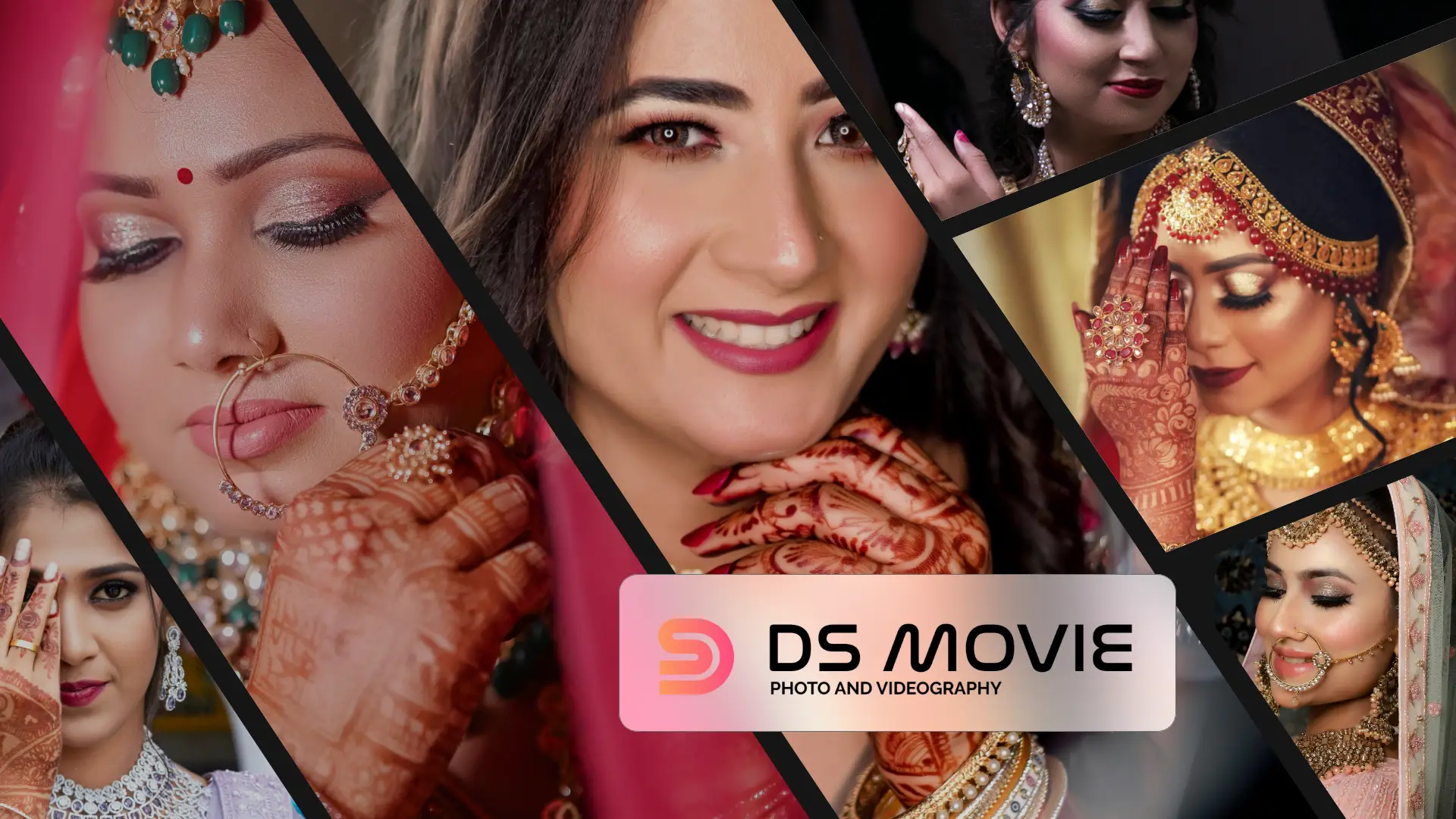
The first step in creating a beautiful wedding album is to decide on the overall style and theme. Do you want your album to have a traditional, classic feel, or do you prefer something modern and edgy? Here are a few options to consider:
- Classic Style: Timeless, elegant, and often featuring lots of white space, borders, and traditional layouts. This style often works well for couples who want a simple, refined presentation of their wedding.
- Modern Style: Clean lines, minimalistic designs, and contemporary layouts. Modern albums often feature fewer traditional embellishments and more creative use of full-page spreads, collages, and innovative angles.
- Artistic Style: If you’re looking for something unique, go for an artistic wedding album. This style can incorporate elements of storytelling through various textures, black and white or sepia tones, and perhaps even illustrations or mixed-media elements. It’s ideal for couples looking to showcase their wedding in a more personalized and expressive way.
2. Choose the Best Images
Selecting the right images is crucial when designing your wedding album. While every couple will want to include the classic moments—such as the first kiss, the ceremony, and the family portraits—it’s the candid, emotional moments that make the album come to life. Here are a few tips for choosing the best images:
- Tell a Story: Think of your wedding album as a narrative. Start with the pre-wedding moments, like getting ready and the first look, and then move through the ceremony and reception in chronological order. This will give your album a natural flow.
- Include Variety: A great album should offer variety. Include close-up shots, wide-angle shots, and photos of both the big moments and the small details that made the day special.
- Focus on Emotions: Try to capture the emotions of the day. Look for candid moments of laughter, tears, and joy, not just posed portraits.
- Consider Layouts: Some images are perfect for full-page spreads, while others may work better as smaller photos within a collage. Think about how the images will interact with one another in each spread.
3. Plan the Layouts
Now that you’ve chosen the images, it’s time to decide how they’ll be arranged in the album. Here are some layout tips to consider:
- Consistency: While you don’t want every page to look the same, you should aim for consistency in terms of margins, alignment, and the number of images on each page. For example, you could choose a design where every other page features a full-page image, while the others have a mix of smaller pictures.
- White Space: Avoid overcrowding pages. Leave plenty of space between photos to allow each image to breathe and to create a clean, organized look.
- Focus on Key Moments: Some key moments, like the vows, the first dance, or the cake cutting, should take center stage with full-page spreads or multiple images across a double-page layout.
- Mixing Vertical and Horizontal Photos: Mixing vertical and horizontal images adds visual interest to your album. It also gives you flexibility when placing photos in various spots on a page.
4. Add Personal Touches
Your wedding album should reflect your style as a couple. Here are some ways to add personal touches:
- Include Quotes or Song Lyrics: A meaningful quote, personal message, or the lyrics of your wedding song can be a wonderful addition to your album. This can be placed on a page featuring key moments, or you could add short captions to your photos that add context and emotion.
- Embrace Your Wedding Theme: If you had a themed wedding, use colors, fonts, and designs that match your theme. For example, if you had a rustic wedding, choose natural textures like wood or burlap backgrounds in the album.
- Special Details: Consider including photos of the small details, such as the wedding rings, invitations, and table settings, which can bring a sense of authenticity and personality to your album.
5. Choose the Right Materials
Once the design is complete, it’s time to consider the physical characteristics of the album. The material of the album itself can elevate its beauty:
- Leather Covers: A luxurious choice that gives your album an elegant, timeless look. Available in various colors and textures, leather offers a sophisticated feel and durability.
- Linen or Fabric Covers: Perfect for a more casual or rustic wedding, linen and fabric covers add a cozy, earthy element to your album.
- Photo Wrap Covers: If you want to showcase a favorite image from your wedding on the cover, consider a photo wrap cover. This design fully integrates an image into the album cover.
- Customizable Pages: Most wedding albums now offer customizable pages that you can print in different sizes, colors, and finishes, such as matte, glossy, or pearlized. Choose one that complements your overall aesthetic.
6. Work with a Professional Designer
If you’re not confident in your design skills, working with a professional wedding album designer is a great option. Many photographers offer album design as part of their services, or you can hire an independent designer who specializes in wedding albums. A designer will help bring your vision to life while offering expert guidance on layouts, image selection, and materials.
7. Finalize and Order Your Album
Once you’ve finalized your design, make sure to proofread the text (if any) and check that all images are correctly placed. Double-check for typos and ensure the colors and layouts look as you intended. If you’re designing online through a wedding album platform, they will often offer a proofing process so you can make final adjustments before printing.
Once you’re satisfied, place your order! Your wedding album will become a cherished keepsake that tells the story of your special day for years to come.

